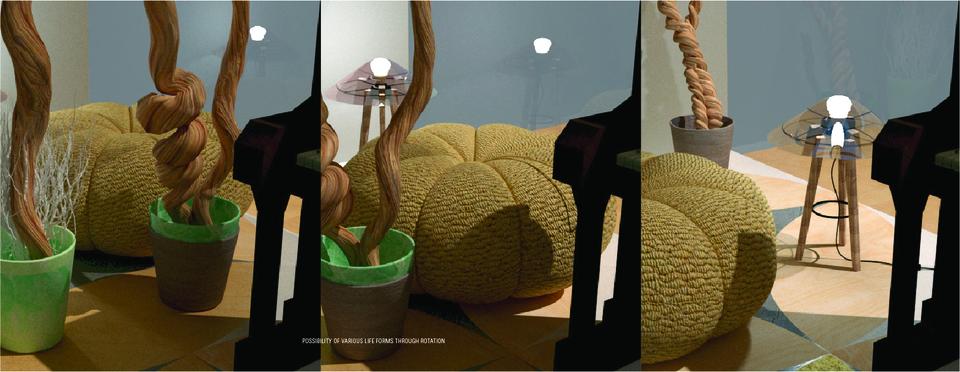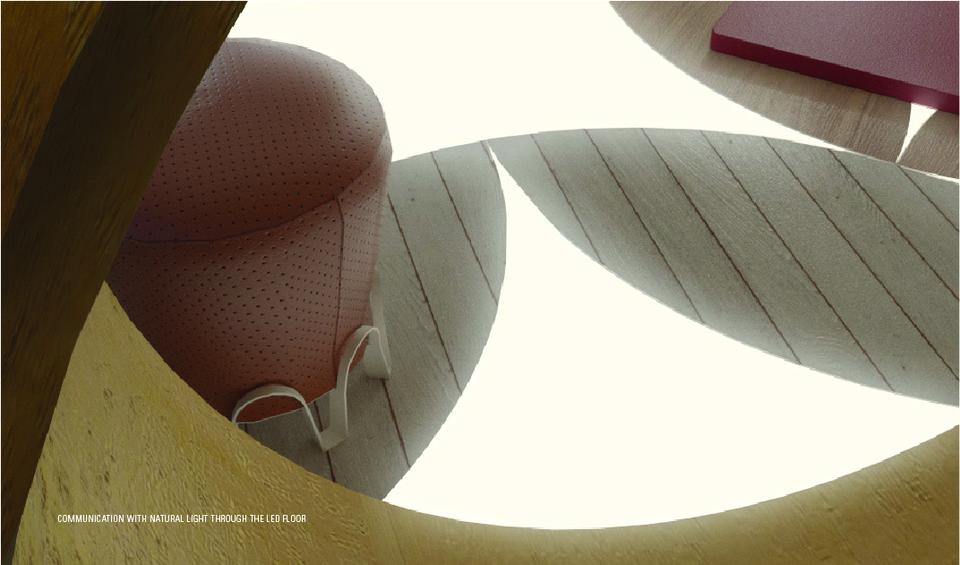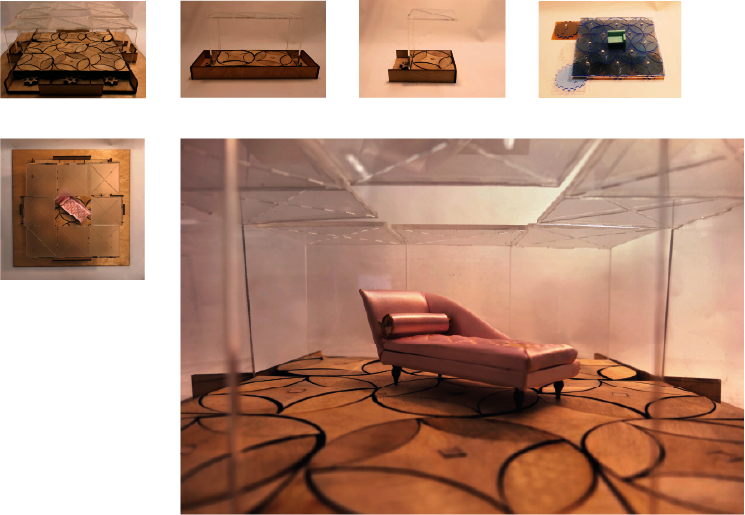Image
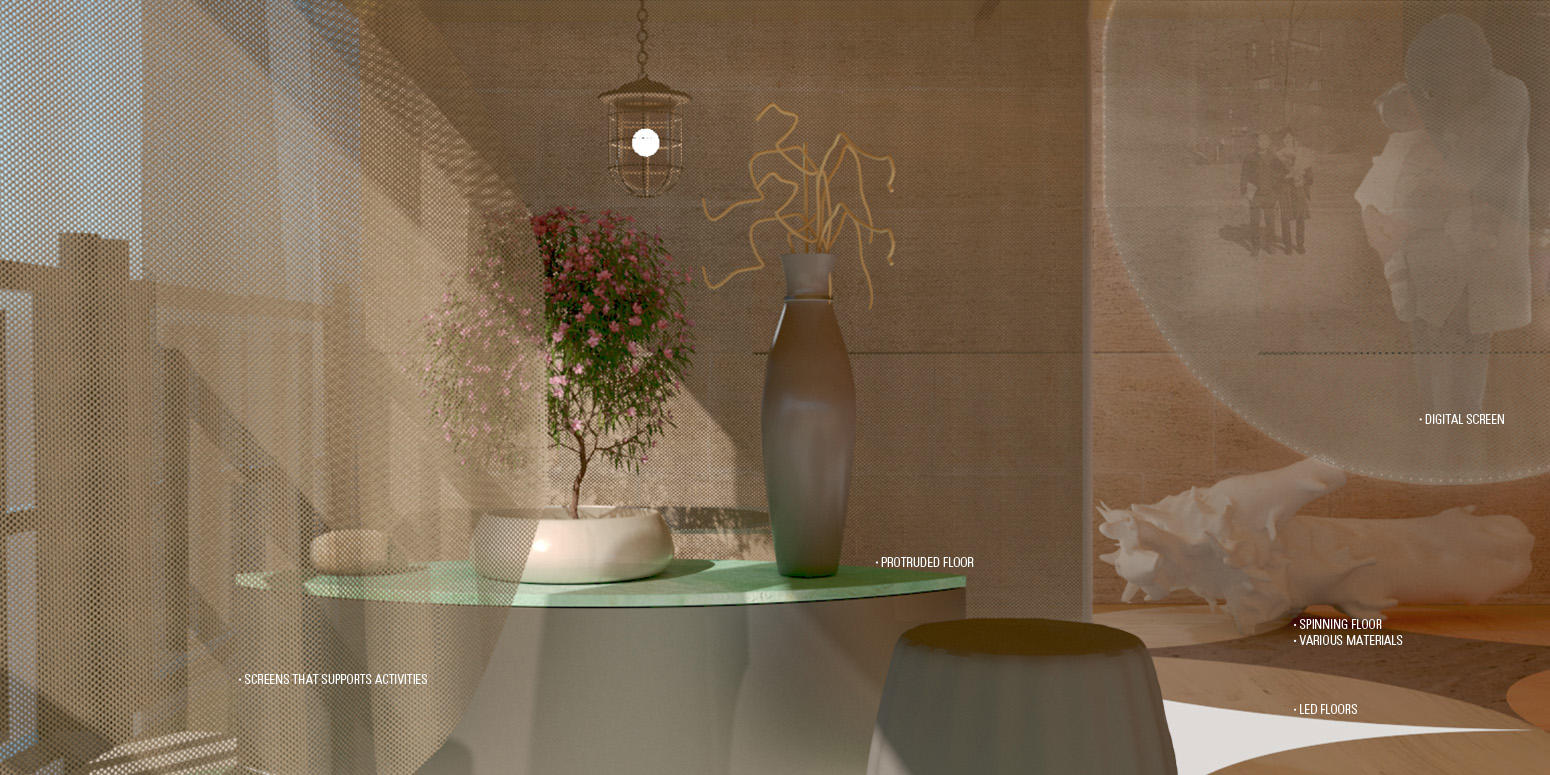
JONGGUN LEE
BLOCK CHAIN HOME
Studies indicate that every four years urban dwellers relocate. Given this phenomenon, the direction of urban housing development in mega cities now encourages the divestment of personal furnishings to support mobility. While efficient, the singular imprint of furnishings upon individual space is becoming severely flattened by a range of standardized shapes and built-in furnishings that inform the conditions of dwelling. Also, in turbulent cities people tend to live alone, and in the process of adaptation, lose their uniqueness.
In the development of "BLOCK CHAIN HOME," the ideas of Superstudio's SuperSurface, the dwelling atmospheres of Andrea Zitell, and Metabolism architecture have been fundamental. While accepting these ideas, the thesis concept advances an alternative proposition by reclaiming the deep complexity that informs and expressively molds a dwelling space. It starts by applying a grid that accommodates a single system that can place modular boxes that contain spinnable floors and manipulatable screens anywhere throughout the city, just as in Super Studio's 'SUPER SURFACE'. Within the concentric grid system and the circulation of modular components, this design not only creates a tendency of people to generate an intimate personal culture, but also a culture of connection. This provides an opportunity to selectively occupy the space as much or less as necessary. Just like block technology, diverse individuals who are scattered throughout the city because of their transient lifestyle can reinforce connectivity among themselves and establish a unique lifestyle.
Image

BLOCK CHAIN HOME
Mixed media
2022
Studies indicate that every four years urban dwellers relocate. Given this phenomenon, the direction of urban housing development in mega cities now encourages the divestment of personal furnishings to support mobility. While efcient, the singular imprint of furnishings upon individual space is becoming severely attened by a range of standardized shapes and built-in furnishings that inform the conditions of dwelling. Also, in turbulent cities people tend to live alone, and in the process of adaptation, lose their uniqueness. In the development of "BLOCK CHAIN HOME," the ideas of Superstudio's SuperSurface, the dwelling atmospheres of Andrea Zitell, and Metabolism architecture have been fundamental. While accepting these ideas, the thesis concept advances an alternative proposition by reclaiming the deep complexity that informs and expressively molds a dwelling space. It starts by applying a grid that accommodates a single system that can place modular boxes that contain spinnable oors and manipulatable screens anywhere throughout the city, just as in Super Studio's 'SUPER SURFACE'. Within the concentric grid system and the circulation of modular components, this design not only creates a tendency of people to generate an intimate personal culture, but also a culture of connection. This provides an opportunity to selectively occupy the space as much or less as necessary. Just like block technology, diverse individuals who are scattered throughout the city because of their transient lifestyle can reinforce connectivity among themselves and establish a unique lifestyle.
BLOCK CHAIN HOME
Video
2022
Image
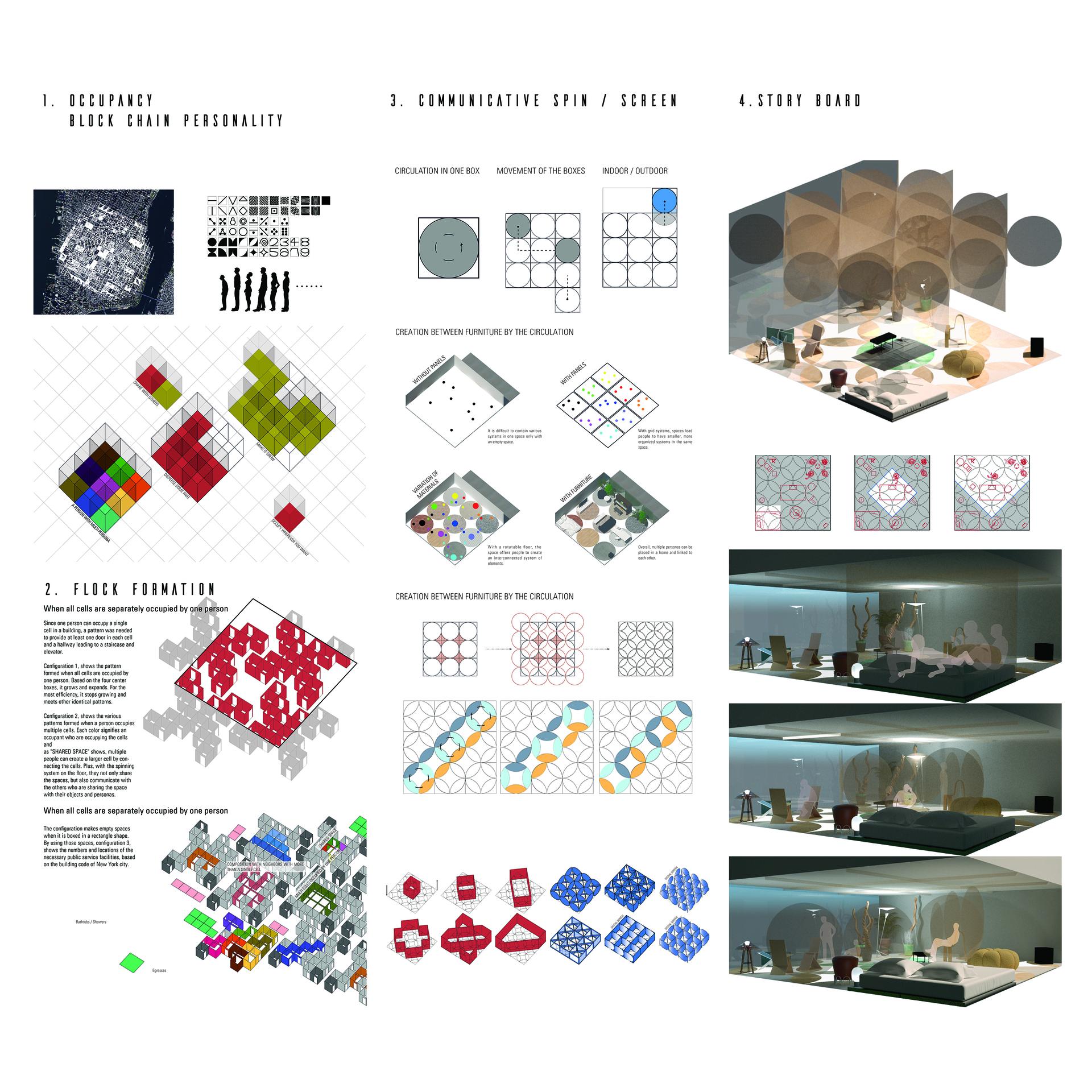
BLOCK CHAIN HOME
Diagrams
Development process
Image
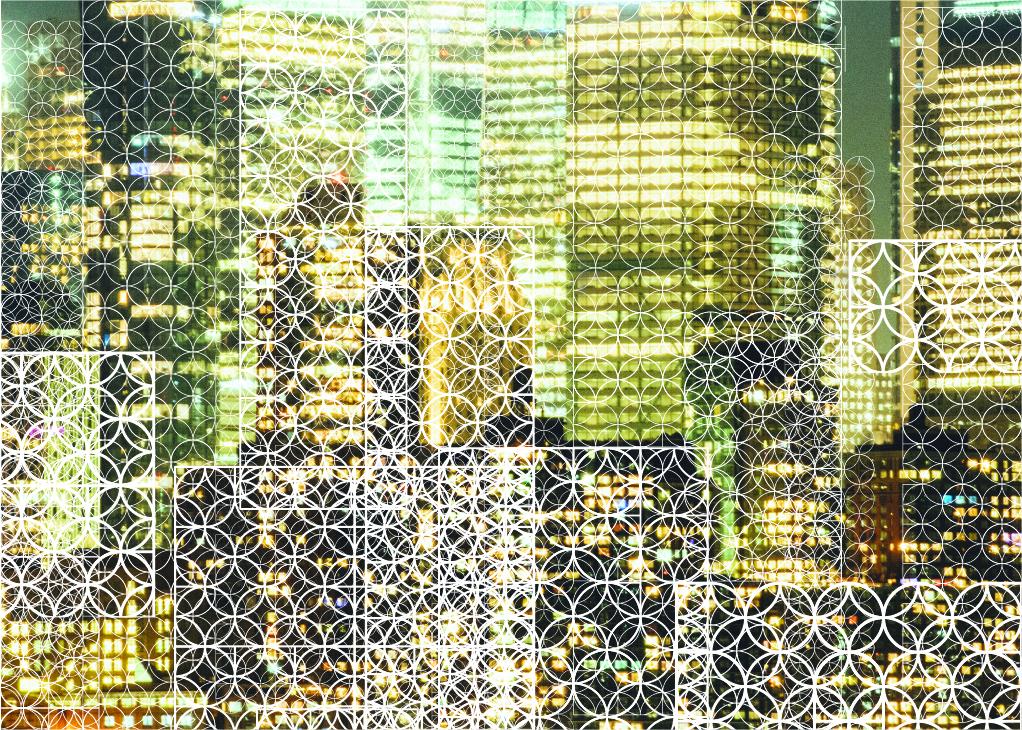
BLOCK CHAIN HOME
2022
Applicability collage
Image
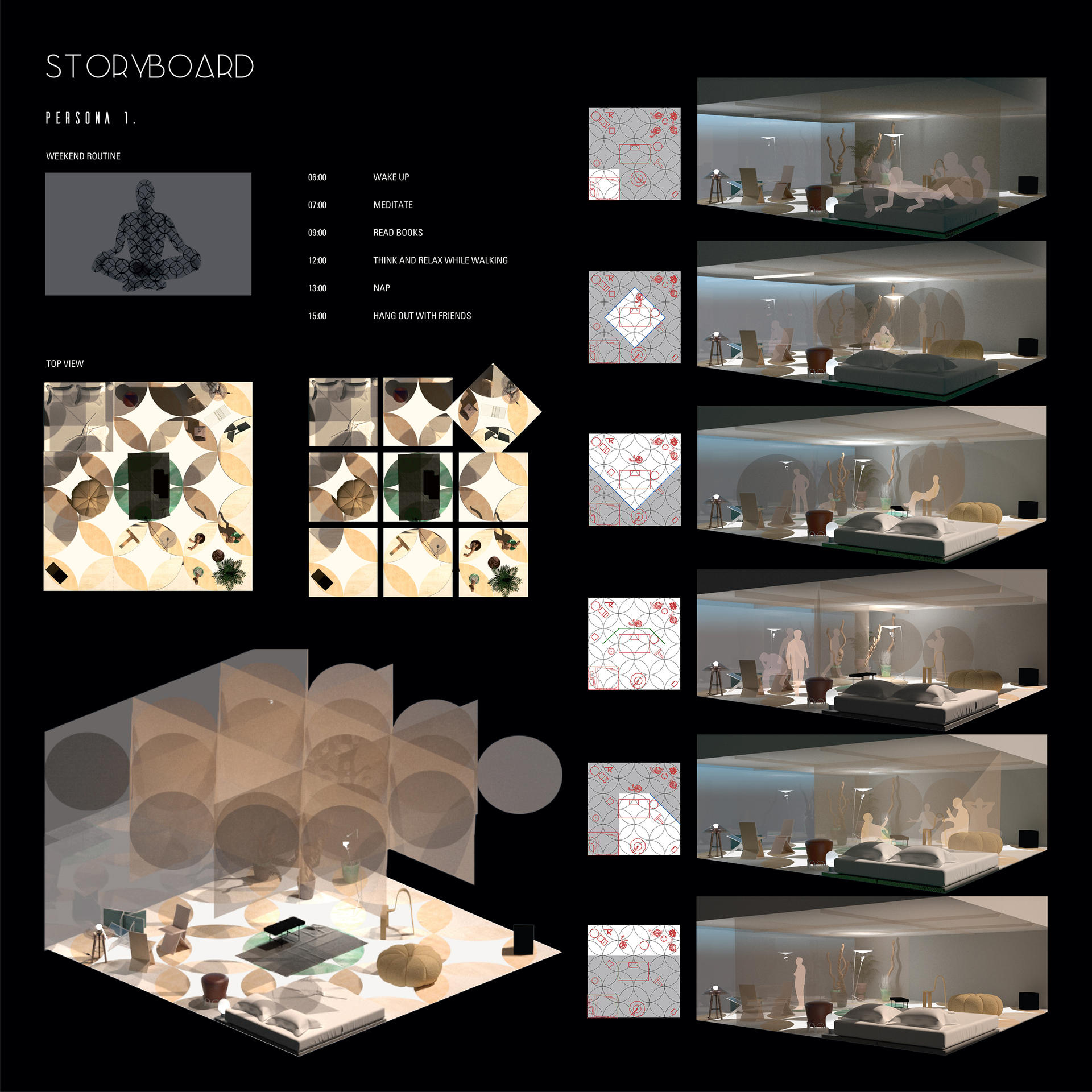
BLOCK CHAIN HOME
2022
DAILY ROUTINE
- Architecture
- Ceramics
- Design Engineering
- Digital + Media
- Furniture Design
- Global Arts and Cultures
- Glass
- Graphic Design
- Industrial Design
- Interior Architecture
- Jewelry + Metalsmithing
- Landscape Architecture
- Nature-Culture-Sustainability Studies
- Painting
- Photography
- Printmaking
- Sculpture
- TLAD
- Textiles

